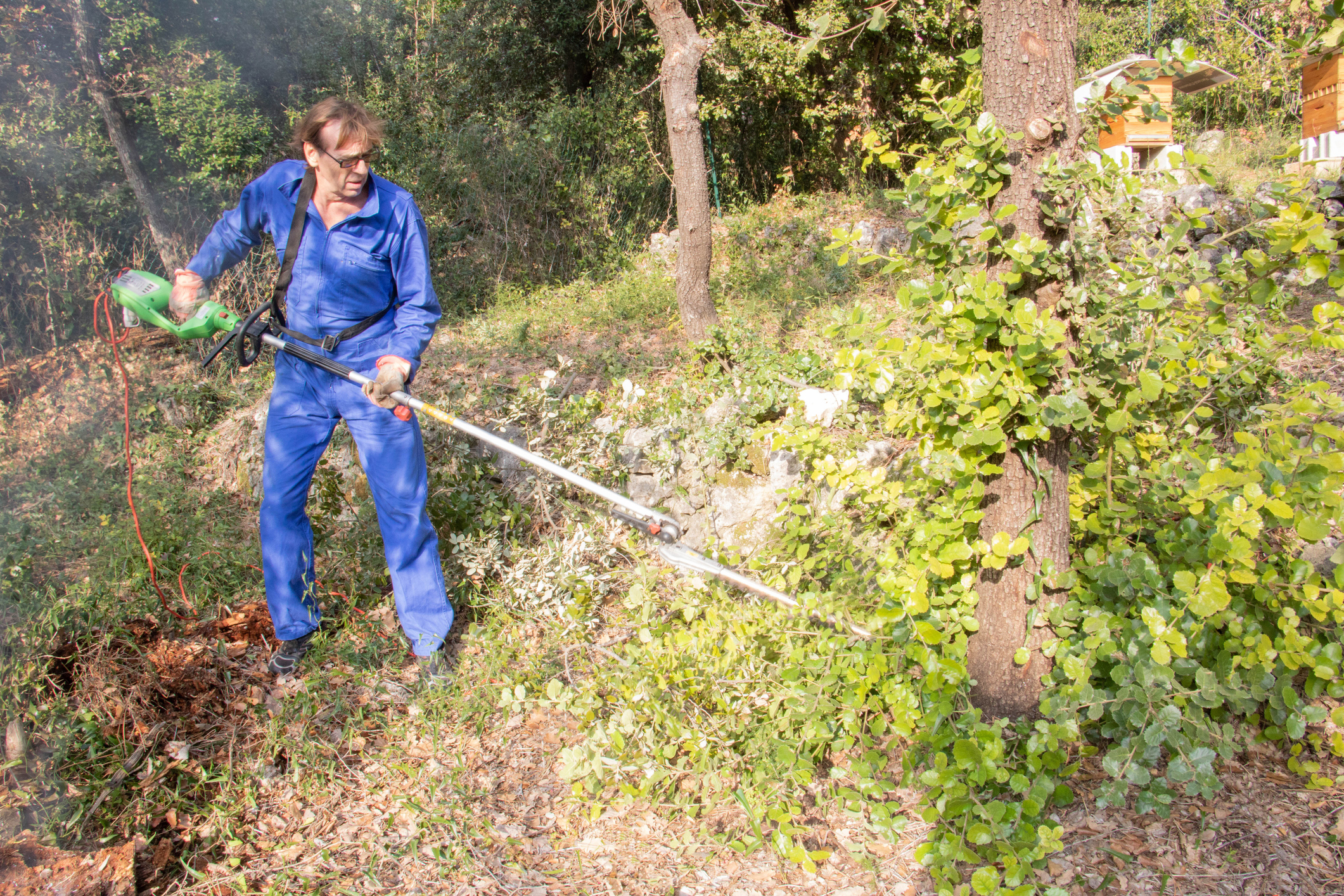Welcome to our tree column, "Ask your local arborist." Each month, arborists from the Davey Tree Expert Company in Menlo Park will discuss a tree-related topic from general care to planting tips and tricks to how trees can impact your property and community, as well as answer your questions. If you have a tree-related question or an idea for a topic to discuss, email lifestyle@embarcaderopublishing.com or post in the comments section at the end of this column. Arborists may make house calls, when needed, to assess tree questions on your property.
Since the end of summer traditionally coincides with the start of a new school year, now is probably a good time to learn some pro tips on how to earn good grades on your landscape as you prepare your yard for the fall season.
Here are five steps to follow when transitioning your property from summer to fall to ensure that your plants and trees will thrive in the cooler seasons.
• Take inventory of what you have on your property. When transitioning your landscape from season to season, it’s important to know exactly what trees, plants and shrubs are on your property, so you can begin to properly prep them for the cooler months.
• Inspect your landscape for unwanted pests. Whiteflies -- soft-bodied, winged insects closely related to aphids -- are especially prevalent in the early fall. They like to feed on the underside of leaves and are known to be sap-sucking pests. To determine if you have whiteflies in your citrus tees, shake or lightly tap the branches and wait to see if any fly out of the tree. Whiteflies can be wiped from the leaves, or you can gently spray your leaves down with water to remove them.
• Prune your oaks and stone fruit trees: Fall is when our native oaks are normally pruned to reduce insect and disease attacks. You also will want to prune any stone fruit like apricots or peaches so the pruning wound can heal before winter, or brown rot will occur.
• Conduct a soil test to check the balance of nutrients and adjust if necessary. Knowing your soil’s current state and making proper adjustments can help your trees thrive. A soil test will tell you about the amount of nutrients in your soil, whether your soil is acidic or alkaline and how much fertilizer you'll need.
Applying a slow-release fertilizer this time of year can provide your tree with nutrients that will help with their roots, bark and the growth of new leaves for the next growing season.
• Freshen up the mulch on your property, if applicable. This will protect the roots from colder temperatures. It also will help to conserve soil moisture -- as the mulch decomposes, it will warm up the soil to help in root growth, as well as release nutrients back into the soil.
Are you ready to see if your yard makes the grade?
Here are some criteria you can use as a starting point to determine how to rate your yard and how much work you need to do to make sure your yard is well-prepared for fall:
Grade A: Mostly healthy trees, no pest damage
My property has mostly healthy trees that are properly pruned. I have no pest damage on any of my plants or trees, and there are not potential safety hazards on my property. All tree and plant debris has been cleaned up and added to my compost. My mulch and fertilizer are freshened up, and my soil's nutrient levels are balanced.
Grade B: Some healthy trees, some pest damage:
My property has some healthy trees that are properly pruned. I have some pests and have begun treatment to rid them from my property safely, and there are no potential safety hazards on my property. All tree and plant debris has been cleaned up. I have inspected my mulch and fertilizer and have plans to freshen them up before it gets too cold outside.
Grade C: A few healthy trees that need more TLC
My property has a few healthy trees that are pruned but could use some more TLC. I have pests but am working to rid them from my property. I have one hazard on on the property but plans to remove it in the near future to ensure. There is tree and plant debris on the property, but I will clean it up in the near future. My mulch and fertilizer could use some sprucing up.
Grade D: More than one property hazard, some debris
I have at least one healthy tree on my property that needs some pruning care. I have pests that are affecting my trees and plants, but I have not made plans to take care of them. There is more than one hazard on my property that needs to be tended to before fall starts. There is debris on my property from my trees and plants. I haven’t mulched in years.
Grade F: Unhealthy trees, hazards, lots of debris
I have trees that are unhealthy and struggling with no plans to treat them. The pests have taken over my property and should start paying the mortgage. The whole property has debris and is a hazard area that needs to be taken care of before I run into some trouble.
Jeff Newborn is a local arborist at The Davey Tree Expert Company in Menlo Park, which serves communities on the Peninsula, including Menlo Park, Atherton, Palo Alto and Redwood City. Newborn can be reached at 866-923-5658.


Comments